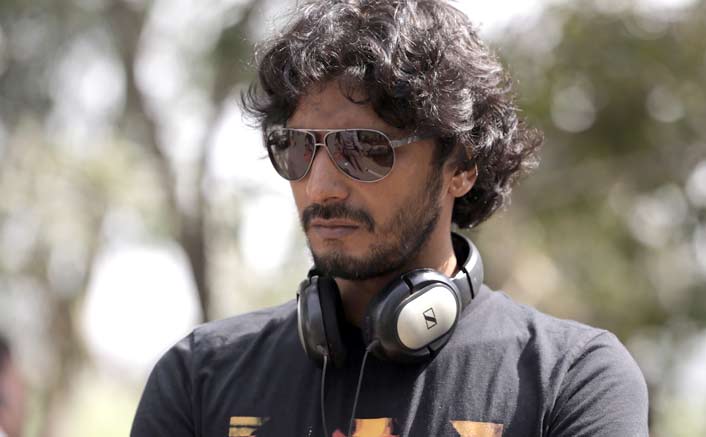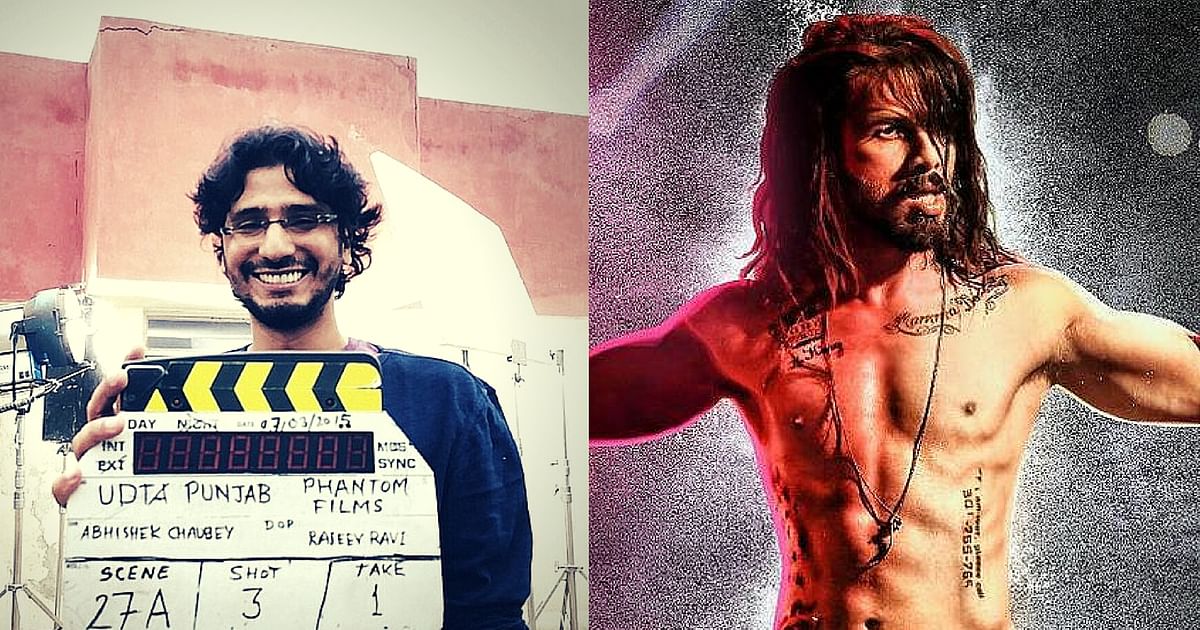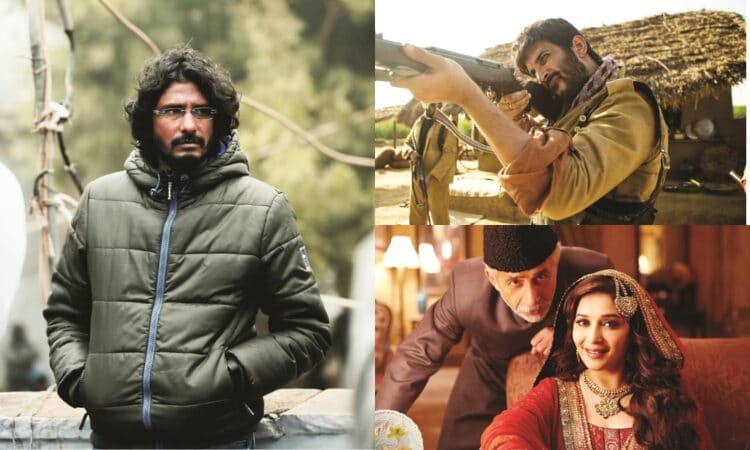Abhishek Chaubey has established a reputation as a sincere filmmaker with the cinematic instincts of an auteur, despite being born into a family enamored with Bollywood.
Abhishek began his career as an assistant director on Gurudev Bhalla’s Shararat before moving on to Makdee as an associate director alongside his mentor-to-be, Vishal Bhardwaj, thus starting a journey that would begin with education and end with collaboration.
After working with Vishal Bhardwaj on films such as Omkara, Maqbool, Kaminey, and The Blue Umbrella, Abhishek made his directorial debut with Ishqiya in 2010. Heavyweights like Naseeruddin Shah, Arshad Warsi, and Vidya Balan acted in the picture, which was well appreciated commercially and critically.

Abhishek didn’t look back after the success of Ishqiya. He went on to direct Dedh Ishqiya, a sequel to his debut film, Udta Punjab, as well as Sonchiriya, his most recent feature.
What distinguishes Abhishek’s work from those of his contemporaries is that he discovered his voice early on in his career.
According to his films, Abhishek prefers to join the world of his stories and then express them to the audience, rather than building a universe or a set from scratch and then scripting a story around it.

Abhishek’s devotion to the craft is evident in the hypnotic effect his films have on the audience, whether it’s in the drug-fueled world of Udta Punjab or the sepia-toned mountains of Chambal in Sonchiriya.
Abhishek’s aversion to being rescued by VFX in the later phases of the film adds to his passion for scripting, establishing, and shooting the picture in the story’s universe.
In an interview with Film Companion, Abhishek admitted that he isn’t a big admirer of the common phrase “post mein dekh lenge,” which is frequently heard on set.

This attitude explains why his filmmaking is more collaborative and hands-on. Films are the result of various departments coordinating and cooperating on an idea under the director’s direction.
It wouldn’t be as captivating if all performers did was stand in front of a green screen and emote for the sake of emoting as opposed to when an actor devotes a significant portion of their life and themselves to the role they are playing.
However, there are advantages and disadvantages to shooting in a real place rather than constructing a set. While shooting on location adds authenticity, a deeper connection to the subject, and makes recreating the environment that the movie is based on much more genuine, it comes at a price.

To begin with, logistics are a hassle. It’s possible that the story’s ideal locations aren’t available for filming or that getting from your hotel to the shoot location will take a long time.
Building a set, on the other hand, is more convenient because it is a more controlled setting with no external distractions like the weather or large groups of people. If, on the other hand, the set isn’t well-researched and the elements aren’t well-defined, the audience will quickly notice and, in some situations, be put off.
Abhishek’s cinematic approach appears to be considerably influenced by his instructor, who directed Omkara and Maqbool. Both films are Shakespeare adaptations that work effectively because the filmmakers went above and beyond by not only drawing inspiration from Shakespeare’s work’s theme and tone but also putting it in a universe that is more approachable to an Indian audience.

This would be incredibly difficult to execute if the filmmaker attempted to convey the story in a synthetic universe, one made out of sets constructed from researched pictures.
In most situations, the story and ethos of the film are one of the most important things that influence the practicalities of shooting it.
Shooting a film in the mountains, deserts, or the great outdoors isn’t as pleasant as it appears, particularly from the director’s perspective.

Thousands of kilometers from home, in charge of a large crew, and racing against time to finish shooting the material while battling elements beyond human control are just a few of the many challenges the director faces when he chooses to stay true to the film and give it its due, no matter the cost.
The result of this “no corners cut” approach is films that leave a lasting impression on the audience: they make them feel things. Abhishek’s films are not retellings of stories; they are the stories themselves.
Also Read: 8 TV Actresses Ruling Instagram With Their Fashion Game














